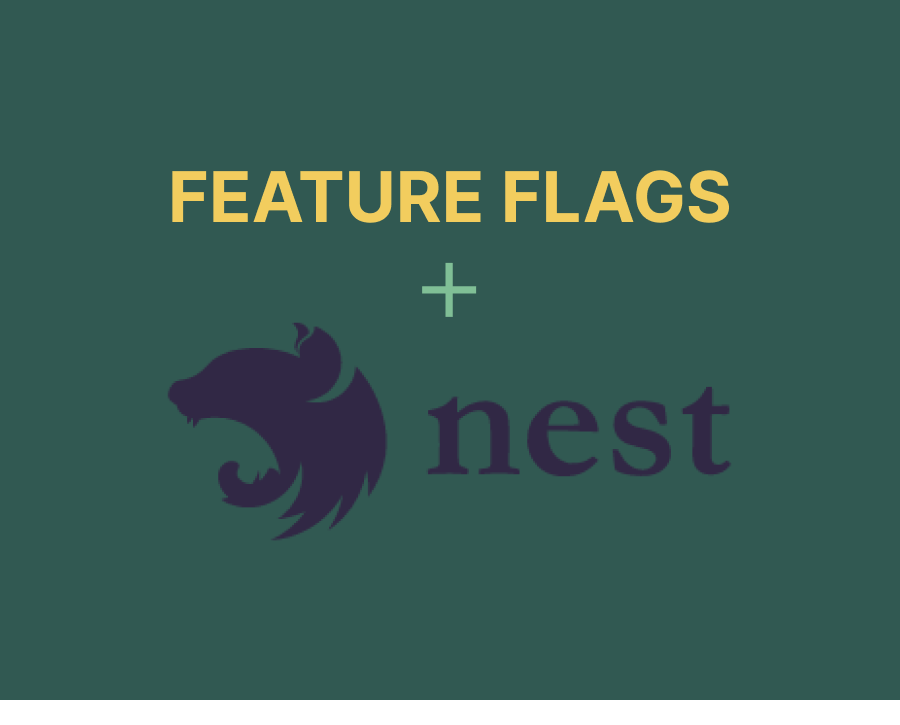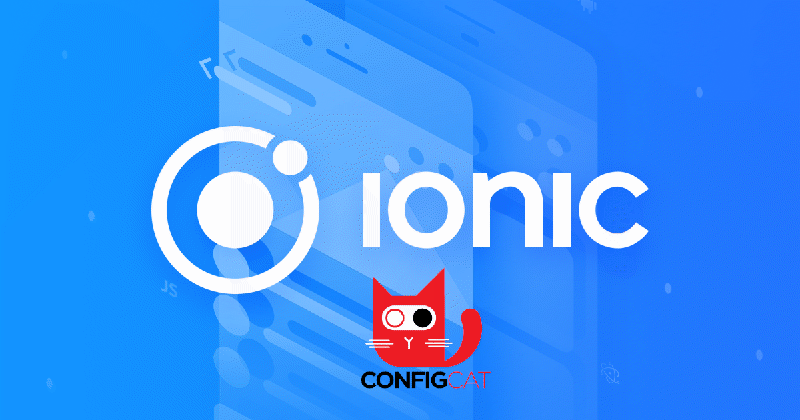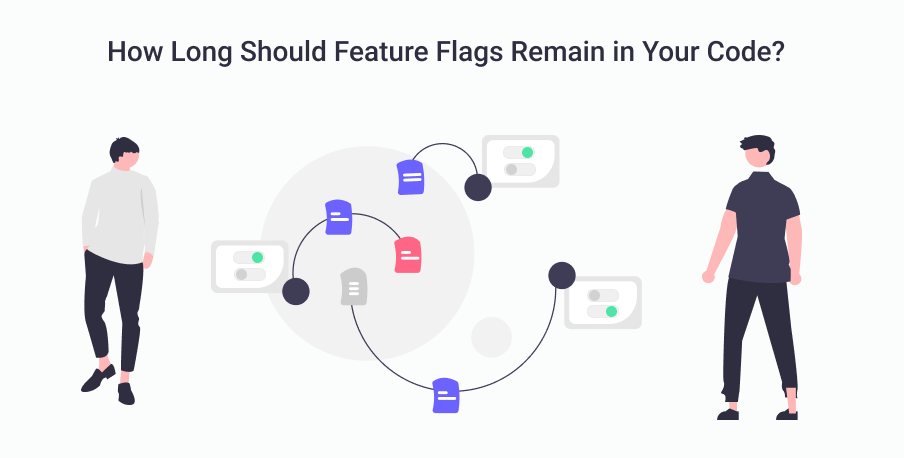How to use feature flags in a PHP application
It has become very rare to develop software that does not require regular updates and patches. In fact, it's now the norm with the rise of agile software development. As a result, there are so many new updates to manage across our code making feature rollouts tedious and complex. Hence, turning towards a good feature flagging solution always saves the day.










